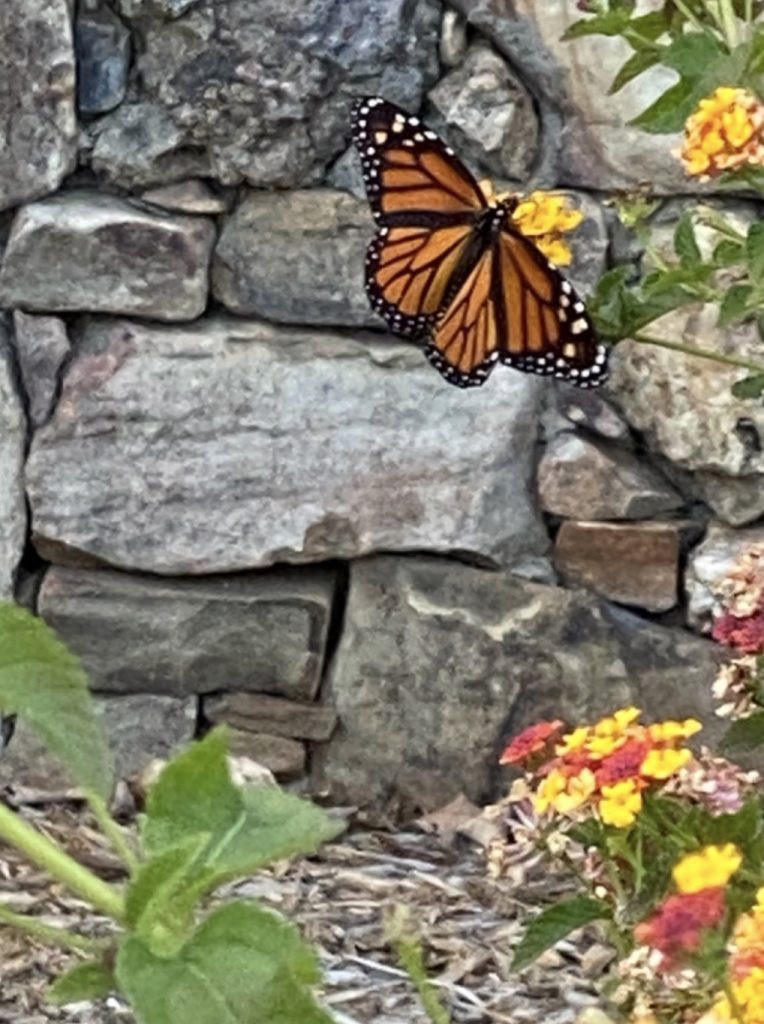Environment
Short Takes
Georgia’s new data center rule increases local controlDecember 1, 2025

By David Pendered
June 16 – This Spring’s migration of monarch butterflies from Mexico to their summer camps in the north occurs amid a glimmer of hope for their continued existence.
Scientists with the University of Georgia published a paper in 2022 that indicates the monarch butterflies’ population growth in the summer may compensate for the losses noted during the winter months in North America.

During the northern winter, monarchs attempt the long trip to their winter home in Mexico. Dangers of the trek are exacerbated by environmental challenges including the loss of habitat, mainly the milkweed fields that are a major source of sustenance. A common theory is the monarch population was declining as a result of these challenges.
However, a review of 25 years worth of monarch population reports indicates the population has remained fairly stable over the period because of the high reproductive rates of the insects during the summer months, according to the 2022 report.
The research paper is available from the journal Global Change Biology though open access at this address, Opposing global change drivers counterbalance trends in breeding North American monarch butterflies. UGA published a story about the paper in its publication, UGA Today, that’s written for the lay reader.
Academic scientists who oversaw the project relied on the same citizen scientists who now are monitoring and recording the monarch’s current migration. This effort includes volunteers who report through journeynorth.org, a project sponsored by the Arboretum of the University of Wisconsin—Madison. The project tracks migrations of many species of plants and animals in an effort to, as stated on the website, “help track wildlife migration and seasonal change to foster understanding, environmental awareness and the land ethic.”
The dynamic map of monarch butterfly sightings for this year’s northbound migration shows the swift migration that marked the 2024 spring season. Monarchs were already in Canada by early May.
Public attention has focused on the dwindling monarch populations as they travel to their winter home in Mexico. These losses are so extreme that the U.S. Fish and Wildlife Service announced in 2020 that listing monarchs under the Endangered Species Act was “warranted but precluded” because other listings are of higher priority.
The research paper warns that the findings should not become a reason for complacency in addressing degradation of the natural world. As one of the study’s authors, William Snyder, a professor in UGA’s College of Agricultural and Environmental Sciences, noted in the UGA Today report:
0